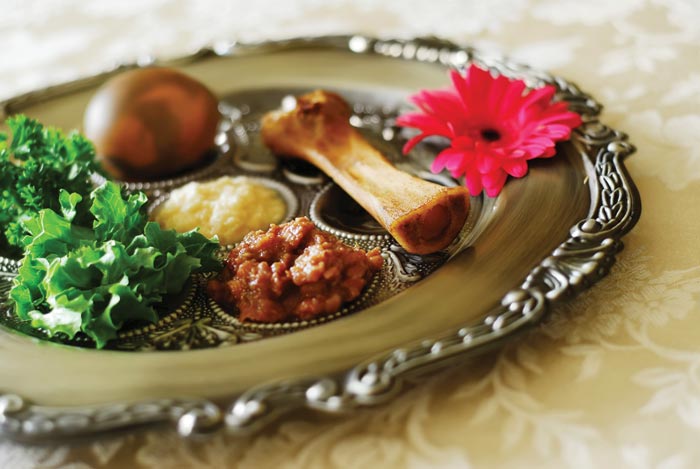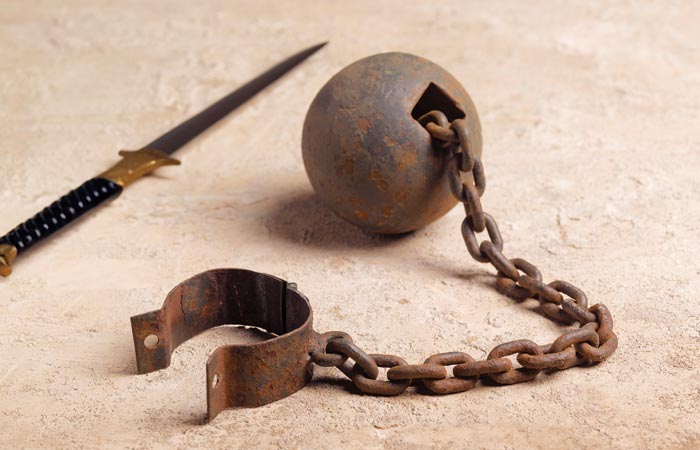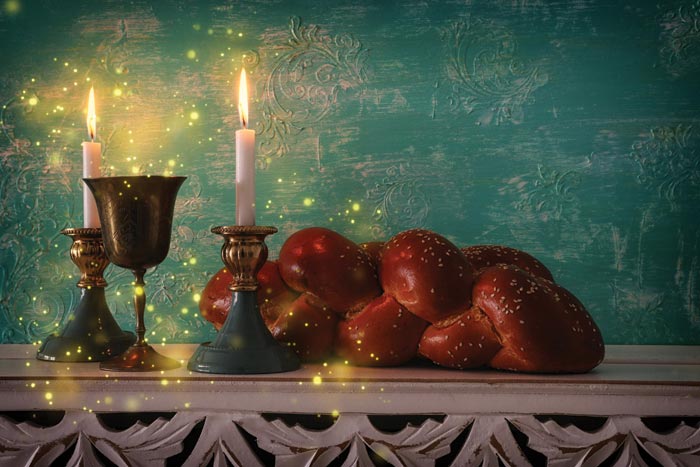Arriving in London this past Friday, April 29, I was immediately enveloped in a carnival-crazed country, a nation-wide block party made up of the tiniest Brits to those who had been alive at the 1926 birth of the current monarch, Queen Elizabeth, and witnessed her marriage and ascension to the throne both of which took place in Westminster Abbey in 1947 and 1953 respectively. Here now was the latest event in the Abbey and it gripped not only the British themselves. One could feel the eyes of the world directed towards London. A veritable army of media some 8500 strong had taken up their posts along the Mall, sending images and reports through the globe. Riding the tube and making my way through Piccadilly Circus and out onto the mall leading to the palace I witnessed a country caught in a royal reverie. Living in California I regularly witness unusual and oft-times bizarre clothing but none held a candle to the lively regalia of mix and match costumes worn by countless merrymakers in the streets of London, many females donning hats so bejeweled and feathered one couldn’t help but fret for the British fowl population. Awash in wedding mania, the Union Jack billowing in the relatively balmy environs of Buckingham Palace, the streets were lined with giddy natives and visitors thrilled to be part of history in the marriage of the future King and Queen of England.
As I surveyed it all, I recalled the word spoken with a glint of pride by a British Airways official as I boarded my plane at Lax the day before, “We Brits do this kind of pomp and circumstance rather well.” Indeed. The air was thick with royal protocol and fanfare. As the bells of the Abbey rang out and I joined millions watching the giant screens erected around the city, I was surprised to find myself conjuring of all things the image of Tevye. For as thoroughly British as the day was, as rich with dreams and newfound hope, it all was set within the framework of tradition. All around me there were British cheers and the singing of G-d Save The Queen, I found that the revelers appeared to be dipping their collective spirits in the well of history and custom, drawing strength from re-identifying themselves with their roots. I heard myself repeating the words to Tradition, understanding that even as Tevye was drawn into the changing world he found both comfort and inspiration from the past.
The day after the wedding I was addressing the congregation of Westminster Synagogue and felt the palpable uplift of the Jews there. Like Jews in America they are part and parcel of their country and the pride went deep. It is with empathetic pleasure that one witnesses the joys of a nation. Yet, here I found a discordant note that was troubling and curious. Rabbi Thomas Salamon, the personable leader of this congregation whose leaders had rescued the Czech Scrolls following the Holocaust and where a Trust now repairs and distributes these ‘survivors’ throughout the world, had something to say about the televised event. While he wished the royal couple much naches, he indicated that amongst the many notables gathered within the Abbey at the wedding, the television cameras had found the Chief Rabbi of Great Britain, Jonathan Sacks. Rabbi Salamon pointed out that he had no problem seeing the Chief Rabbi gathered in one of Christendom’s great churches. Nor, he noted, did Rabbi Sacks seem to be troubled by the setting where the Father, Son, and the Holy Ghost were called on in prayer. What bemused and bewildered Salamon was the fact that of the many invitations he had proffered Rabbi Sacks to come to visit his shul, every one had been declined. Rabbi Sacks, he pointed out to me, will set foot in the church before the eyes of the world but he will not be found entering a synagogue that is associated with the Reform and Liberal movements in Britain.
Afterwards, as I walked through the streets of London back to my leased Bloomsbury flat, I couldn’t help but think once more of Tevye. The character had been pulled kicking and screaming into the modern world. He had taken his traditions and found a way to accommodate change (“It’s a new world, Golde.”) while staying true to himself and his beliefs.
All of the world could see the many changes the marriage of William and Kate would bring, a world drawn closer by Facebook and YouTube, where Kate could choose to alter the ancient wedding formula removing the words ”to obey” her husband, from her vows, a world where the day after the wedding I witnessed the newly married couple driving out of the gates of Buckingham Palace, driving themselves off down the road in a stunning personal statement that they would both follow tradition but do so in their own way. I looked at their passing car amid the cheers then gazed back at Buckingham from which they’d come. Was that a Fiddler I glimpsed atop the Palace?
Maybe Rabbi Sacks will seem him too.
A bestselling author and Rabbi of Bayit Shelanu (where he has led High Holy Days for the unaffiliated along with Debbie Friedman), Jan is in London researching his latest novel.






















 More news and opinions than at a Shabbat dinner, right in your inbox.
More news and opinions than at a Shabbat dinner, right in your inbox.